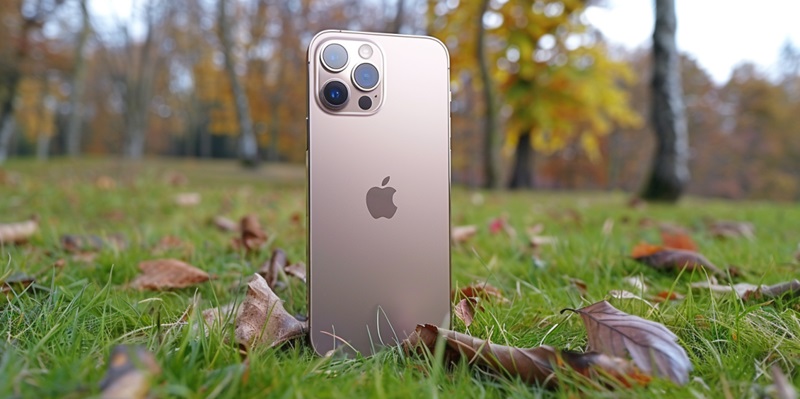The imminent launch of the iPhone 16 Pro Max is poised to herald a new era in mobile photography. The incorporation of the new Sony IMX903 sensor marks a pivotal leap forward, showcasing a dramatic 48-megapixel resolution that thrusts it into the professional imaging sphere. This substantial pixel bump not only means finer detail capture but also brings about a 12% increase in the sensor’s size when compared to its predecessor, the iPhone 15 Pro Max. With these enhancements, the upcoming iPhone is expected to perform impeccably in low-light scenarios, outdoing itself with crisper images and richer textures that could satiate even the most discerning of photographers.
The Intricacies of Higher Resolution
Moving to a higher resolution camera system is not without its complications. The benefits of increased detail and improved low-light performance may be offset by the potential drawbacks. For one, images with a higher pixel count are considerably larger in size. This could place additional demands on the device’s storage capacity and its image processing prowess. There lies the intricate balance between harnessing the technology and managing the resources effectively to maintain, if not enhance, user experience. Apple’s track record suggests that it may employ new image compression techniques or beef up the internal components to tackle this issue head-on, but only time will reveal the efficacy of such solutions.
User Experience and Value Proposition
The soon-to-be-released iPhone 16 Pro Max is set to revolutionize mobile photography with its groundbreaking Sony IMX903 sensor. This 48-megapixel marvel not only promises to deliver images with unprecedented detail but also features a sensor size that surpasses its forerunner, the iPhone 15 Pro Max, by 12%. Such an upgrade is a significant nod towards professional-grade photography, enabling users to capture more nuanced and vivid pictures, especially in challenging low-light conditions. The iPhone 16 Pro Max’s capability to render sharper images with enhanced textures is expected to appeal strongly to professional photographers who demand the highest quality from their mobile devices. This new model from Apple is thus poised to exceed expectations and set a new benchmark in smartphone imaging technology.

